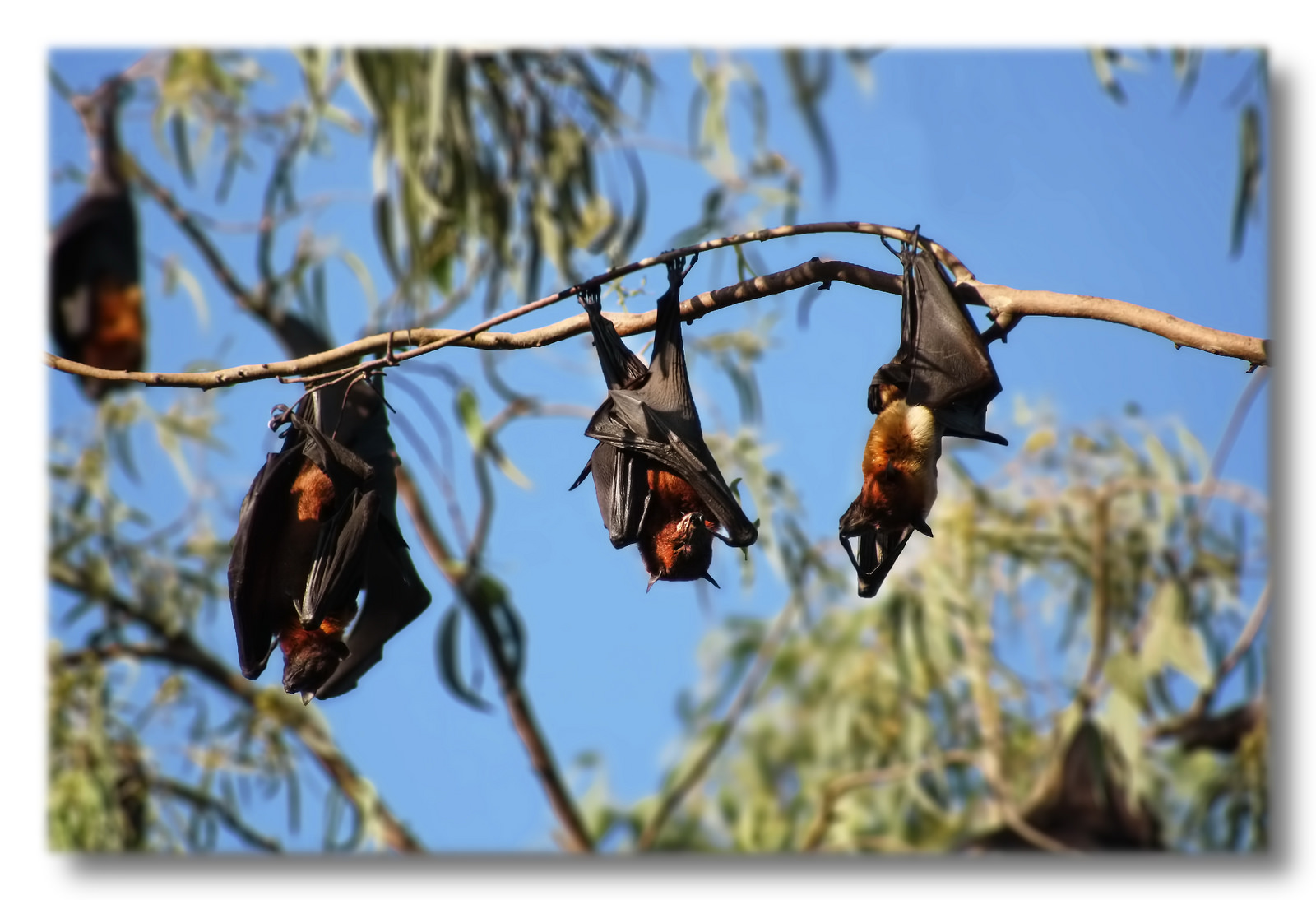Roughly a decade ago, an infectious disease known as severe acute respiratory syndrome (SARS coronavirus) triggered widespread panic after spreading to 37 countries in the Middle East and infecting thousands and killing hundreds. Infected individuals exhibited flu-like symptoms in their early stage of viral contraction, which quickly escalated into atypical pneumonia and shortness of breath. Those who were severely infected experienced respiratory failure and eventually, death. The virus was found to be of zoonotic origin, tracing back to a bat species known as Chinese horseshoe bats.
Recent international research yielded successful results in isolating two novel strands of the coronavirus present in the Chinese horseshoe bat species, found to be closely related to the SARS coronavirus. Similar to SARS, these viral strands are considered highly pathogenic and easily transferable to humans. Therefore, these two novel strands demonstrate a high possibility for a similar outbreak to occur in the near future.
Image Source: Paul Starosta
In response to the discovery of the similar viral strands, scientists at University of North Carolina, Chapel Hill engineered a “chimaeric” virus, or a hybrid version, of the SARS coronavirus. The hybrid virus, coined “SARS 2.0,” was modified to grow in mice and mimic human disease. SARS 2.0 is to be used in what is known as “gain-of-function” research, which aims to increase the virulence and ease of spread of the pathogen, regardless of the risks associated with its accidental release. The scientists believe that the research with this engineered lab variant could pave the way for the discovery of vaccines for an array of diseases that would otherwise be incurable.
This research does not go without debate, however. In 2014, the US government issued a moratorium on federal funding for gain-of-function research for the viruses responsible for SARS, MERS, and influenza. Nevertheless, the scientists at Chapel Hill were permitted to continue their research with SARS 2.0, as the work was “not so risky as to fall under the moratorium.” Despite this conclusion, virologists continue to argue that the decision to conduct the research may not necessarily be the most ethical decision, due to the risk of the virus escaping. On one hand, if the virus were to somehow escape from the lab, the extent and trajectory of the resulting transmission would be unpredictable. On the other hand, the research could lead to extremely promising findings, resulting in the development of SARS-based vaccines and immunotherapy treatments before the next epidemic strikes.
Feature Image Source: Jaswantgarh IND – Indischer Riesenflughund – Pteropus giganteus – Indian flying fox 02 by Daniel Mennerich










